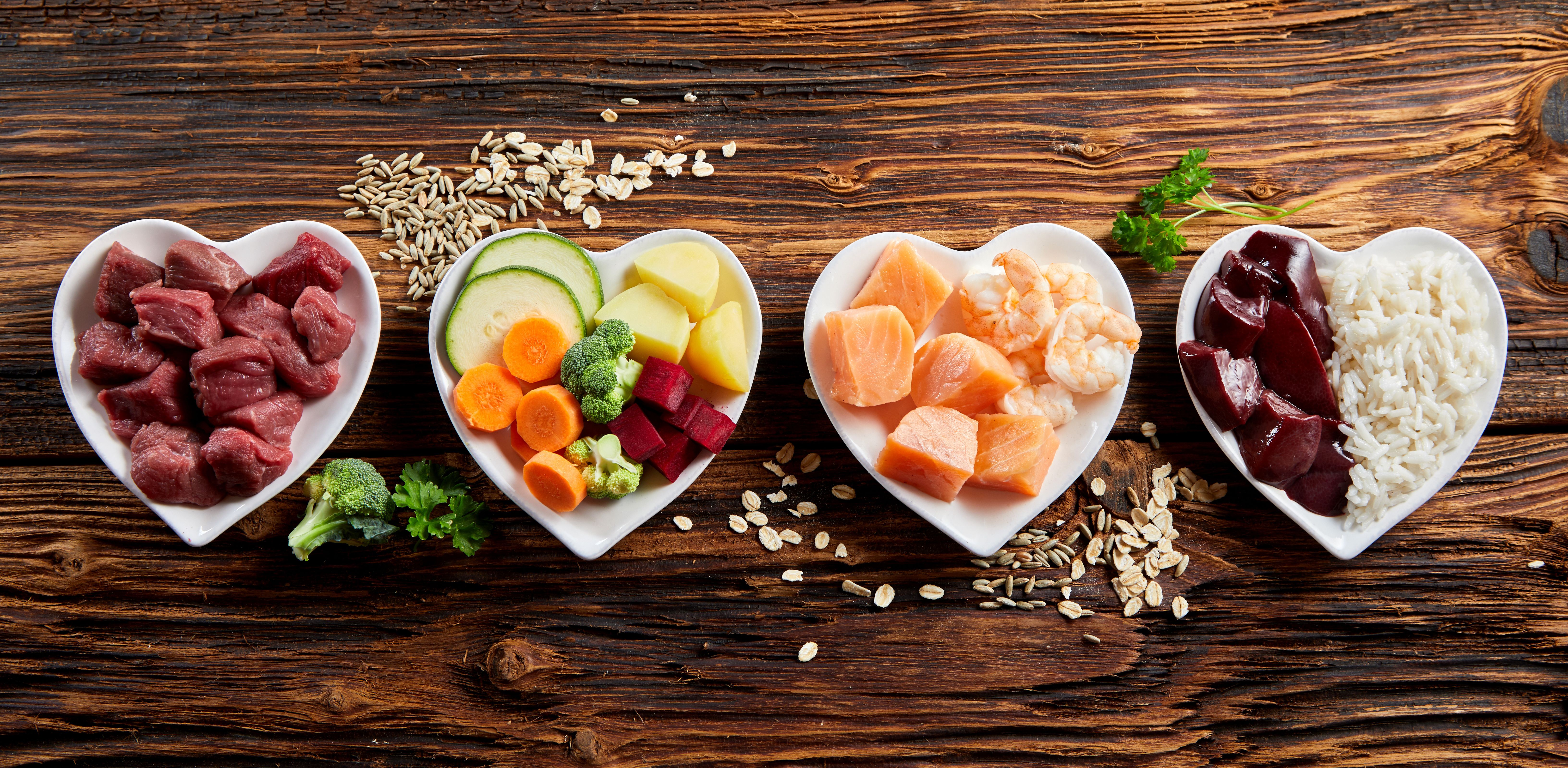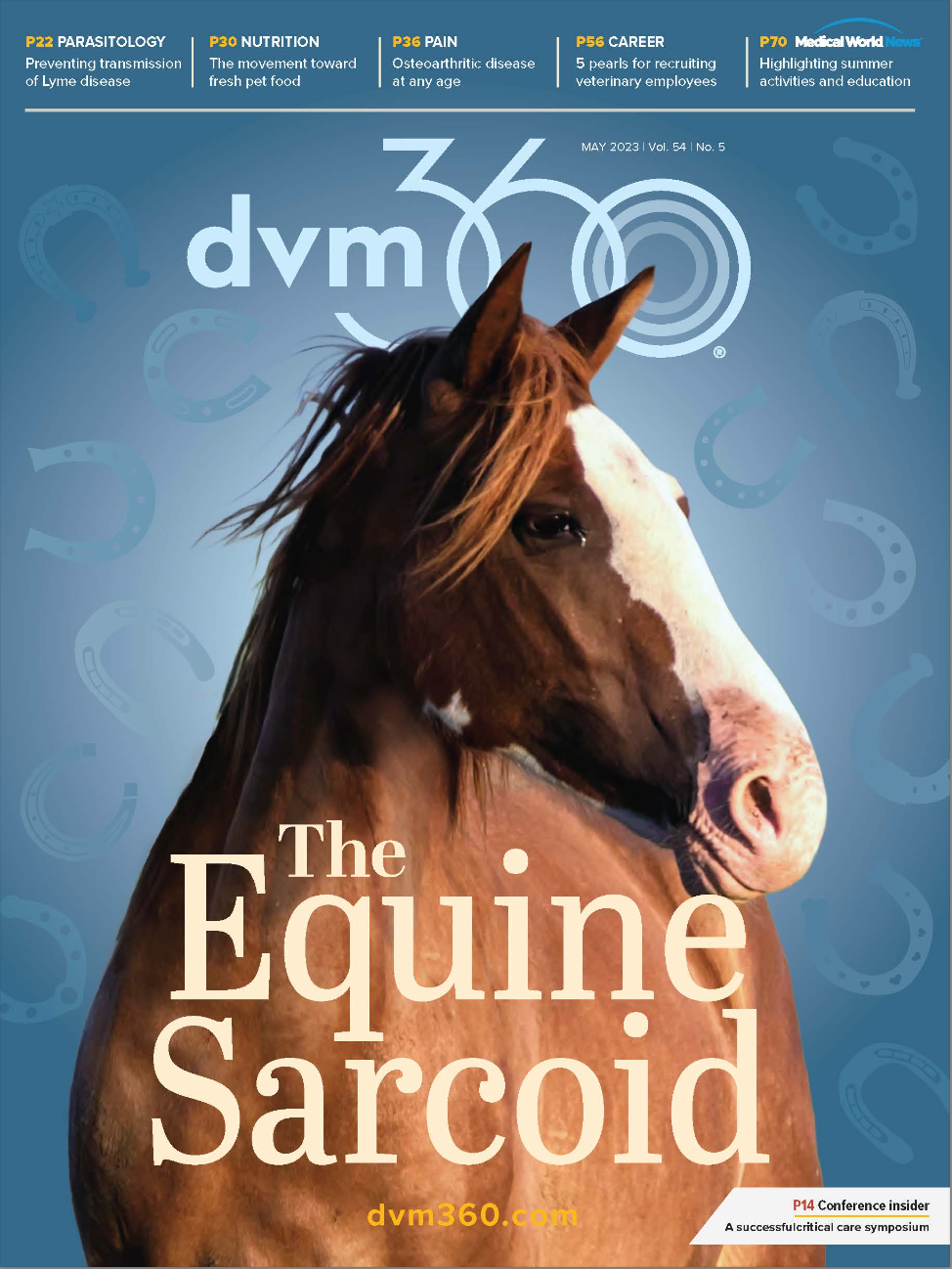The movement towards fresh pet foods
A veterinary nutritionist discusses what to know regarding this fast-growing trend
Photo: Exclusive Design

Clients view their pets as family members more than ever before, and want to care for them as such. This is apparent in all aspects of veterinary medicine, including the nutrition space as the results of a recent survey showed that 53% of responding pet owners have an equal priority of purchasing healthy food for themselves as they do for their pets, while 43% of pet owners have a higher priority of purchasing healthy food for their pets over themselves.1
“When we go to the doctor, they're telling us to shop the perimeter of the grocery store, don't buy processed foods, right? Stay out of the aisles, buy things that are not coming to you in packages, boxes, and cans. And naturally, our clients are hearing the same things. And they're wondering, ‘Well, what about my pet’s food? You know, isn't that a processed food coming to me in that bag or can?’ And it's a reasonable question to ask,” said Laura Gaylord, DVM, DACVIM (Nutrition),founder of Whole Pet Provisions consulting service, while presenting a lecture at the 2023 Fetch dvm360® Conference in Charlotte, North Carolina.2
Because eating more nutritious foods is a human health trend that has trickled into the pet nutrition world, there has been a consequent explosion in the fresh food market, and clients have a plethora of questions surrounding the right food choices for their animals, according to Gaylord. In her lecture, she provided answers to some common questions that veterinarians can present to pet owners.
What are fresh pet foods?
According to Gaylord, anything that looks more like human foods can be considered fresh pet foods. “I like to call them TV dinners for dogs. [For example], there's chicken and rice and vegetables and it looks like what we're used to eating,” she said, in a dvm360 interview.
Gaylord added that other forms of fresh food options can be those that are freeze dried, raw, or dehydrated. “So, it's basically just different ways we can provide nutrition for our pets,” she said.
There is evidence in human medicine that fresh foods, such as fruits and vegetables, can offer health benefits3 including lowering blood pressure, preventing some types of cancer, and more, while eating high amounts of processed foods has been associated with developing chronic diseases.4,5 However, there is still research lacking regarding the long-term benefits of fresh food diets for dogs and cats, though current studies are underway, according to Gaylord. “There are yet-to-be discovered unknowns in nutrition foods and processing effects. And I think that's where a lot of our clients get stuck…We want to know everything about nutrition and pet food to make it safe and healthy, but there's things that we learn over time,” she said.
How do I evaluate fresh food options?
Gaylord said she evaluates fresh food options the same way as any other commercial diet. “I'm looking for certain features of that food to know if I'm comfortable with a client feeding that [to their pet].” She advised Fetch attendees to look for an Association of American Feed Control Officials statement and a nutritional adequacy statement, and to ensure the food is appropriate for the pet’s life stage as well as provides a complete and balanced meal.
“Every now and then, you're going to find some [foods] that say, for intermittent or supplemental feeding only. And those are not complete diets, those are basically toppers,” Gaylord noted. She added to confirm the food is supplied by a reputable company and that a PhD animal nutritionist, and ideally, a veterinary nutritionist are involved in the formulation.
What are challenges of feeding fresh food diets?
One challenge that fresh food options pose is shelf life. “It can't sit in a bag in the closet forever. It must be kept temperature safe, all the way through from the time it's made until it gets to the pet owner and then at home,” said Gaylord.
Additionally, the volume of fresh diets is about 3 to 4 times more than that of dry kibble. “If you have a 100 lb dog, 3 to 4 times more volume is a lot for you to make that diet…so that can be surprising to people [and they] tend to under feed fresh food diets for that reason, because it just looks like a lot of food,” she added.
Costs can also be a concern for clients because fresh pet foods tend to be more expensive than commercial diets, and in turn, this can affect the macronutrient content. For example, sometimes fresh food options are higher or lower in protein, or higher in fat to help control costs. “[A higher fat content] isn’t necessarily bad if the pet can tolerate that, but it's something to be aware of. And if your patient has a limitation on fat or doesn't tolerate fat, then that could be a really bad thing, so you must make sure that the diet is okay for that situation,” Gaylord explained.
References
- Schleicher M, Cash SB, Freeman LM. Determinants of pet food purchasing decisions. Can Vet J. 2019;60(6):644-650.
- Gaylord L. The fresh pet food Movement: Is fresh better? Presented at Fetch dvm360® conference; Charlotte, North Carolina. March 24-26, 2023.
- Vegetables and fruits. Harvard TH Chan School of Public Health. Accessed March 30, 2023. https://www.hsph.harvard.edu/nutritionsource/what-should-you-eat/vegetables-and-fruits
- Nowotny K, Schroter D, Schreiner M, Grune T. Dietary advanced glycation end products and their relevance for human health. Ageing Res Rev.2018;47:55-66. doi: 10.1016/j.arr.2018.06.005.
- Chaudhuri J, Bains Y, Guha S, et al. The role of advanced glycation end products in aging and metabolic diseases: bridging association and causality. Cell Metab. 2018;28:337-352.

Episode 67: Choosing trusted supplements
October 20th 2021In this episode of The Vet Blast Podcast, Dr Adam Christman chats with Dr Janice Huntingford about the latest insights into selecting the best supplements for your patients, including the importance of recommending and utilizing products that have a substantial amount of science and research behind them. (Sponsored by Vetoquinol)
Listen